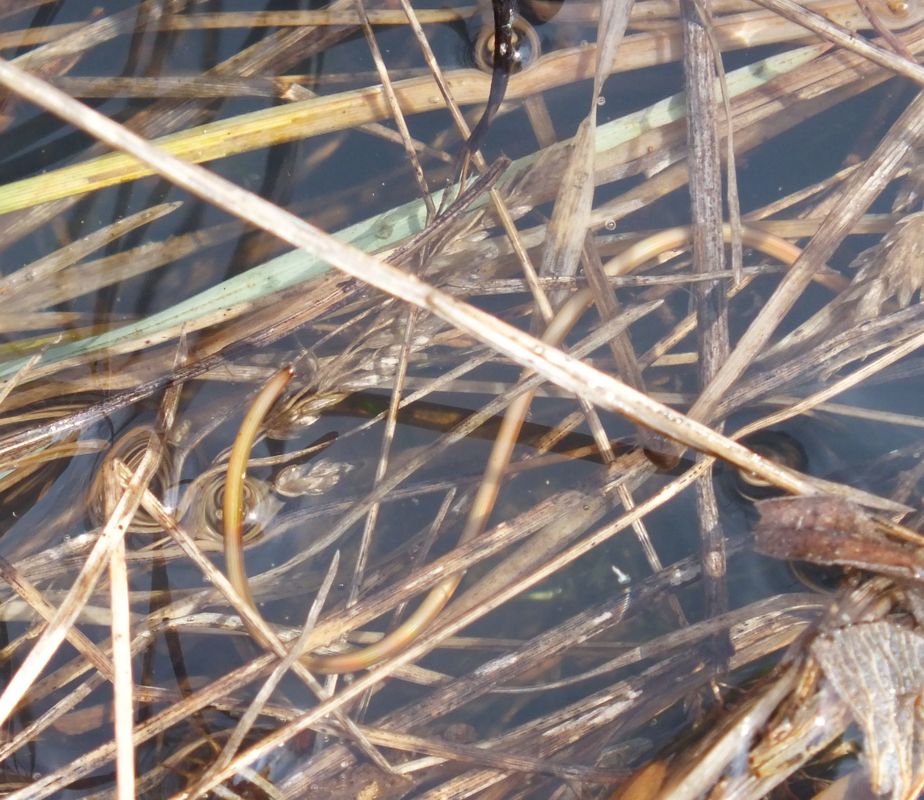

Sometimes the host directly ingests the larvae, which immediately move into their parasitic stage and develop within that host.įor other horsehair worm species, the larvae of water-inhabiting insects (mayflies, mosquitoes, and chironomids) or tadpoles ingest the preparasitic larvae. Although some of these life cycles have been studied, others aren't well understood. There are several ways that horsehair worms parasitize hosts and complete their development. Suitable hosts for different species of horsehair worms include larger predaceous arthropods (often mantids, water beetles, carabid beetles, or dragonflies) or omnivores (such as crickets and other closely related insects, or millipedes).

These larvae must parasitize an invertebrate host to develop. About three weeks to one month later, minute immature larvae hatch. After mating in spring, the female worm deposits a string of eggs 12 to 24 inches long in the water. There are four stages in the life of a horsehair worm: the egg, the preparasitic larva that hatches from the egg, the parasitic larva that develops within an invertebrate (its host), and the free-living aquatic adult. Because horsehair worms are parasites of invertebrates, especially certain insects, they are commonly encountered in agricultural areas, particularly those having water-impoundment and irrigation facilities. An old and still common misconception is that these long, thin, brown to blackish worms develop from horsehairs that fall into water. Adult worms measure 1/25 inch in diameter and may reach 1 foot or more in length. Horsehair worms occur in knotted masses or as single worms in water sources such as ponds, rain puddles, swimming pools, animal drinking troughs, and even domestic water supplies.

They are also called Gordian worms, because they will often twist into a loose ball-shaped knot resembling the baffling one Gordius created in the Greek myth and that is referred to as the Gordian knot. Horsehair worms belong to the phylum Nematomorpha, from the Greek word meaning thread-shaped, class Gordioida. Once in the mantid, the horsehair worm grows to an adult and emerges when the mantid seeks water. Inside the mayfly, the larva encysts but doesn?t begin to develop until a host such as a mantid that the horsehair worm can parasitize eats the mayfly. After the egg of the horsehair worm hatches, an aquatic insect, such as a mayfly nymph, eats the preparasitic larva. An example of a horsehair worm life cycle.


 0 kommentar(er)
0 kommentar(er)
